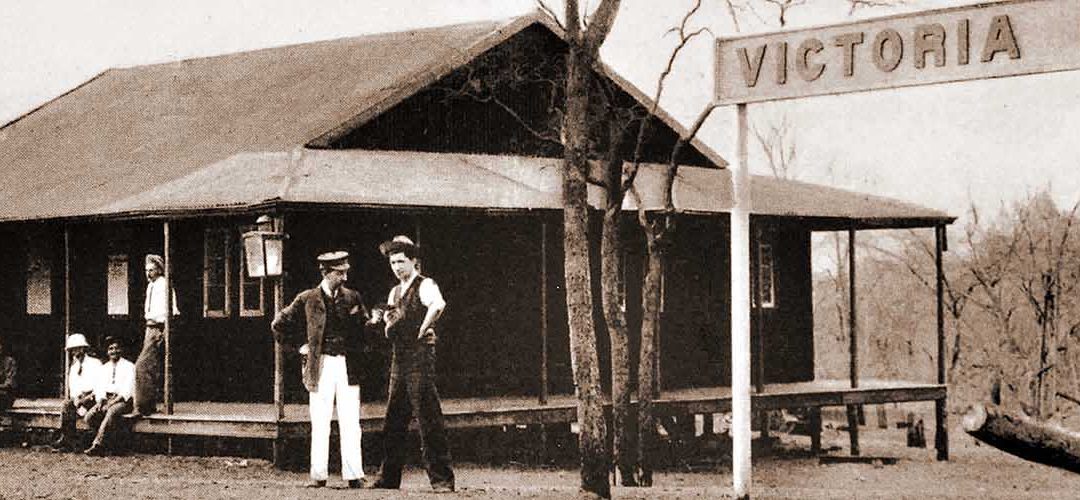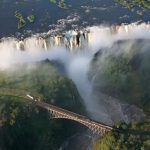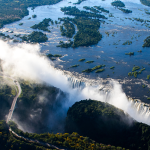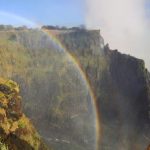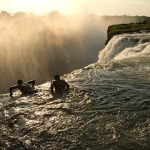Once known as “Mosi-oa-Tunya,” or “The Smoke That Thunders,” Victoria Falls has captivated travelers for centuries with its awe-inspiring beauty and rich history. This natural wonder, located between Zambia and Zimbabwe, holds a fascinating tale of discovery, exploration, and the quest for adventure. From ancient legends to the arrival of European explorers, the history of Victoria Falls is a compelling narrative that highlights the irresistible allure of this majestic landmark.
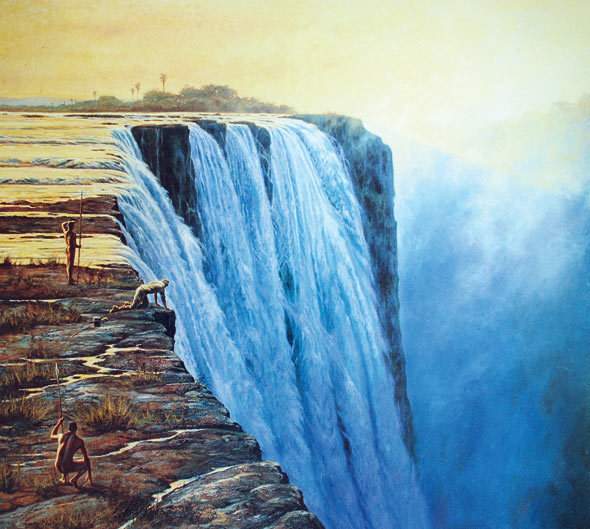
Early Discovery
Indigenous Tribes
The area surrounding Victoria Falls has a rich history dating back thousands of years. Long before the first European explorers set foot in the area, indigenous tribes lived in harmony with the Zambezi River and the surrounding lands. The Batoka, Toka-Leya, and Tonga tribes are just a few of the groups that called this region home. These communities relied on the river for their livelihoods, using it for fishing, irrigation, and transportation.
First European Encounter
The first recorded European to lay eyes on Victoria Falls was the Scottish explorer David Livingstone. In November 1855, Livingstone set out on an ambitious expedition to explore the Zambezi River and its environs. On November 16, 1855, he reached the falls and was absolutely awe-struck by the breathtaking beauty and power of the cascading water. Livingstone named the falls after Queen Victoria of England, his reigning monarch at the time.
Exploration and Naming
David Livingstone’s Expedition
David Livingstone’s expedition to Victoria Falls was a groundbreaking endeavor that helped put this natural wonder on the map. Livingstone, a fervent abolitionist, undertook this journey to open up Africa’s interior to trade and Christian missionaries. The expedition was fraught with challenges, including treacherous rapids, hostile tribes, and unpredictable weather conditions. Despite these hardships, Livingstone’s determination and perseverance led him to the discovery of Victoria Falls.
Naming the Falls
Upon discovering the falls, Livingstone was captivated by their grandeur and decided to name them after the reigning British monarch, Queen Victoria. He wrote in his journal, “Scenes so lovely must have been gazed upon by angels in their flight.” Livingstone’s decision to name the falls after the Queen not only honored her, but also helped bring attention to this natural wonder on an international scale. The name “Victoria Falls” has endured ever since and is synonymous with awe-inspiring beauty.
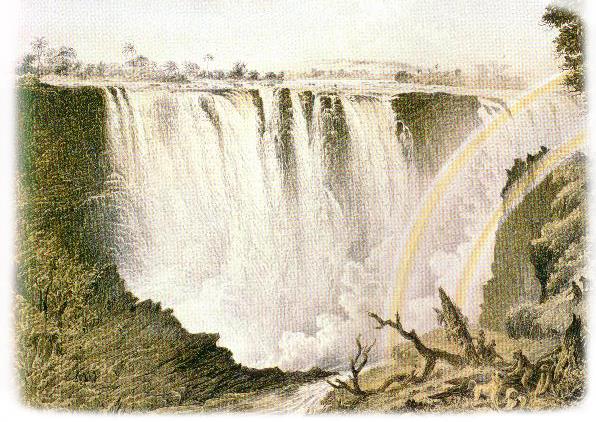
Colonial Era
British Rule
In the late 19th century, the British Empire expanded its influence in Africa and claimed control over what is now Zambia and Zimbabwe, the two countries that border Victoria Falls. The falls became part of the British settler colonies and were an important landmark along the route to the African interior. The British used the falls as a base for further expeditions and as a central point for trade and commerce.
Development of Infrastructure
Under British rule, the area around Victoria Falls underwent significant development. Infrastructure projects, such as the construction of roads, railways, and bridges, were undertaken to facilitate trade and transport. The most notable infrastructure project was the Victoria Falls Bridge, which was completed in 1905. This railway bridge spanned the Zambezi River and connected Southern Rhodesia (now Zimbabwe) with Northern Rhodesia (now Zambia). The bridge not only facilitated transportation but also became an iconic symbol of the region.
Impact of Tourism
Rise of Tourism Industry
The beauty and awe-inspiring grandeur of Victoria Falls soon began to attract tourists from around the world. The arrival of the railway bridge made it easier for visitors to access the falls, and word of their magnificence quickly spread. As tourism grew, hotels, lodges, and other accommodations were established to cater to the influx of visitors. The tourism industry became an important source of employment and revenue for the local communities.
Environmental Concerns
While tourism brought economic benefits, it also raised concerns about the impact on the delicate ecosystem surrounding Victoria Falls. Increased visitor numbers led to issues such as littering and habitat destruction. Efforts were made to mitigate these environmental concerns, with the establishment of protected areas and the introduction of regulations to ensure responsible tourism practices. Balancing the needs of tourism with the preservation of the natural environment has been an ongoing challenge for the region.
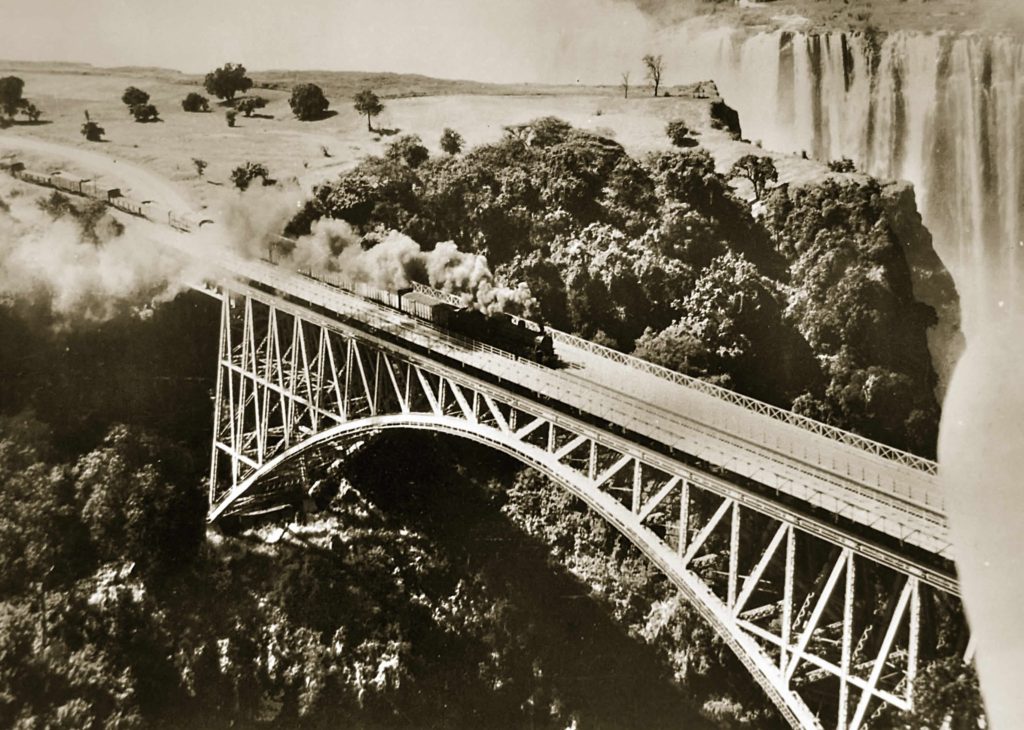
World Heritage Site
Recognition and Protection
In recognition of its outstanding universal value, Victoria Falls was designated a UNESCO World Heritage Site in 1989. This prestigious status highlights the significance of the falls as a natural wonder and cultural heritage site. The designation has brought increased international recognition and has spurred further efforts to protect and preserve the area for future generations.
The Victoria Falls Bridge
In addition to the falls themselves, the Victoria Falls Bridge holds historical and cultural significance. The bridge, which was designed by the renowned engineer Sir Ralph Freeman, is an architectural marvel. It not only facilitated transportation but also became a popular spot for tourist activities such as bungee jumping and bridge swings. The bridge serves as a testament to human ingenuity and the enduring allure of Victoria Falls.
Modern Developments
Conservation Efforts
In recent years, there has been a concerted effort to conserve and protect Victoria Falls and its surrounding ecosystem. Conservation organizations, local communities, and government agencies are working together to address environmental challenges and promote sustainable practices. Initiatives include wildlife conservation programs, reforestation efforts, and educational campaigns to raise awareness about the importance of preserving this natural wonder.
Economic Importance
Victoria Falls continues to be a major economic driver for the region. The tourism industry remains a vital source of revenue and employment, supporting local communities and contributing to the overall development of the area. The falls attract visitors from all over the world, drawn by the opportunity to witness one of nature’s most awe-inspiring spectacles. As the region continues to develop, there are ongoing efforts to ensure that the economic benefits of tourism are balanced with environmental conservation.
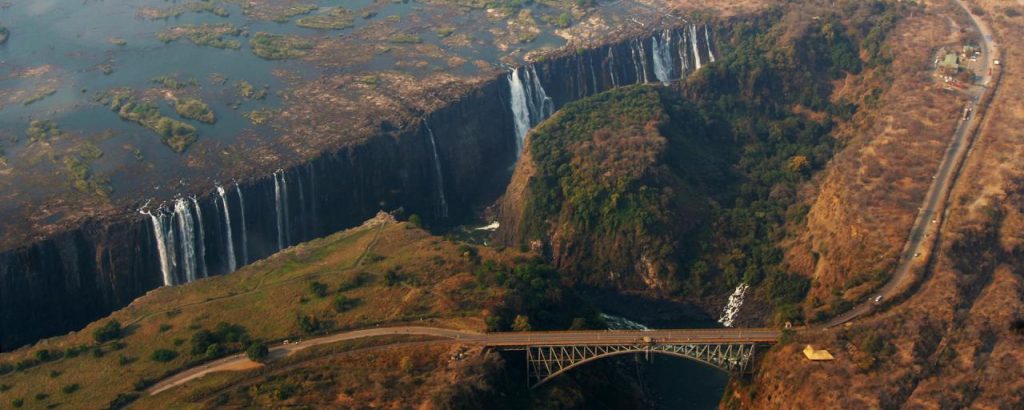
Myths and Legends
Local Beliefs and Stories
Victoria Falls holds a significant place in the folklore and mythology of the local tribes. The Batoka people, in particular, have rich traditions and stories associated with the falls. These tales often attribute the creation of the falls to powerful spirits or gods and are passed down through generations. The local communities hold deep reverence for the falls and its spiritual significance.
The Smoke That Thunders
One of the most captivating aspects of Victoria Falls is the ethereal mist that rises from the plummeting water, creating an otherworldly atmosphere. This mist has earned the falls the indigenous name “Mosi-oa-Tunya,” which translates to “The Smoke That Thunders.” The name perfectly captures the awe-inspiring power and beauty of Victoria Falls and is a testament to its enduring presence in the hearts and minds of those who witness it.
Activities and Attractions
Bungee Jumping
For thrill-seekers and adrenaline junkies, Victoria Falls offers the opportunity to take a leap of faith like no other. Bungee jumping from the Victoria Falls Bridge is a heart-pounding experience that combines breathtaking views with an exhilarating freefall. The sheer height and natural beauty of the falls make this an unforgettable adventure for those brave enough to take the plunge.
Boat Cruises
Exploring the Zambezi River on a boat cruise is a serene and scenic way to experience Victoria Falls. These cruises offer a unique perspective, allowing visitors to witness the falls from the water and get up close to the abundant wildlife that inhabits the river banks. Sunset cruises are particularly popular, providing a magical backdrop as the sun sets over the falls.
Wildlife Viewing
Victoria Falls is not only renowned for its natural beauty but also for its incredible biodiversity. The surrounding national parks, such as Mosi-oa-Tunya National Park and Zambezi National Park, offer opportunities for wildlife viewing. Visitors can embark on guided safaris or self-guided tours to spot a diverse array of animals, including elephants, hippos, giraffes, and numerous bird species. Observing these majestic creatures in their natural habitat is a truly awe-inspiring experience.

Film and Media
Victoria Falls in Film
The captivating beauty of Victoria Falls has featured in various films and documentaries over the years. Its stunning backdrop and powerful presence have made it a popular location choice for filmmakers. From adventure films to wildlife documentaries, the falls have played a starring role on the silver screen, captivating audiences worldwide with its natural splendor.
Literary References
Victoria Falls has also served as a source of inspiration for writers and poets. Its breathtaking beauty and mythical allure have been described in numerous works of literature. From explorer’s journals to adventure novels, the falls continue to captivate the imaginations of writers and readers alike.
Future Prospects
Sustainable Tourism
In order to ensure the long-term preservation of Victoria Falls, sustainable tourism practices are of paramount importance. Balancing the economic benefits of tourism with the environmental impact is an ongoing challenge. Efforts are being made to promote responsible tourism, including initiatives such as eco-friendly accommodations, waste management systems, and community involvement. By prioritizing sustainable practices, the region can continue to thrive while safeguarding the natural wonders that draw visitors from around the globe.
Challenges and Opportunities
As the popularity of Victoria Falls continues to grow, there are both challenges and opportunities on the horizon. The region must navigate the delicate balance between tourism development and environmental conservation. Encouraging responsible and respectful tourism practices is crucial, as is addressing issues such as overcrowding and habitat degradation. The promotion of alternative tourism activities, such as cultural experiences and community-based tourism, can also help diversify the offerings and ensure the long-term sustainability of the region. With careful planning and collaboration among stakeholders, Victoria Falls can flourish while preserving its natural beauty for generations to come.
In conclusion, the history of Victoria Falls is one of discovery, exploration, and the enduring awe it inspires. From its early encounters with indigenous tribes to the arrival of European explorers, the falls have captivated the hearts and minds of all who have experienced their majesty. The impact of tourism, both positive and negative, has shaped the region, while efforts to protect and conserve this natural wonder continue to evolve. As Victoria Falls looks towards the future, the importance of sustainable tourism and responsible practices takes center stage. With careful planning and a commitment to preserving its beauty, Victoria Falls will continue to captivate and inspire those who are fortunate enough to witness its grandeur.

